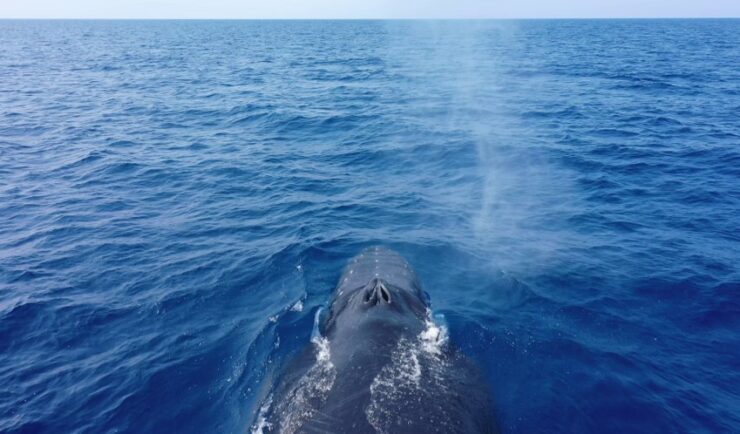
CSS Safety Protocols
During a routine collection of waste, a container of white powder disintegrated without warning, causing the powder to spill and be expelled into the air. Thanks to CSS’s safety protocols and quick response, our Center for Disease Control waste disposal staff was able to assess the situation and respond to the chemical spill. The highly skilled team immediately evaluated the situation using our Incident Mishap Protocol. It was determined that the building’s exhaust ventilation system contained the dust cloud and personal protective equipment prevented injuries from occurring. Further inspection showed that the powder was a non-hazardous waste, deeming the incident a close call!
The project manager began an incident investigation to see how improvements could be made. Our staff determined that the container was handled multiple times─first from the hardened top and then from the side, which disintegrated. In addition, the program manager noted that the container appeared “old.”
As a result of the investigation, our team recommended laboratorians use secondary containment (such as, plastic bags) as an engineering control on waste older than five years. They also began training laboratorians to recognize potential container degradation and the new secondary containment procedures.
See More Success CSS Stories

Advancing Severe Weather Predictions with Artificial Intelligence
As artificial intelligence (AI) and machine learning (ML) technologies evolve in Earth sciences, CSS employee owners (formerly Riverside staff) are growing our expertise in this field. CSS employee owners are advancing technologies for our client, NOAA’s Center for Satellite Applications and Research (STAR). Our staff have developed a framework, exploiting modern AI/ML techniques, to rapidly…

Training Marine Mammal Programs to Use Drones to Collect Dolphin and Whale Respiratory Health Data
CSS employee owner and Marine Mammal Drone Specialist supports NOAA’s National Centers for Coastal Ocean Science (NCCOS) Marine Mammal Health Assessment team with collecting respiratory health data from marine mammals in local waterways. Using specialized drones equipped with petri dishes provides a non-invasive method to collect exhaled breath (i.e. blow) samples from dolphins and whales.…

Evaluating the Use of Earth Observations Digital Twin Technologies
Earth Observations Digital Twin technologies are data analytics, artificial intelligence, and advanced modeling technologies that provide an estimate of the true state of the Earth. An Earth Systems Digital Twin is observations-based and grid-flexible with multiple components and high-resolution data over space and time to capture all available observations and feed a variety of direct…
